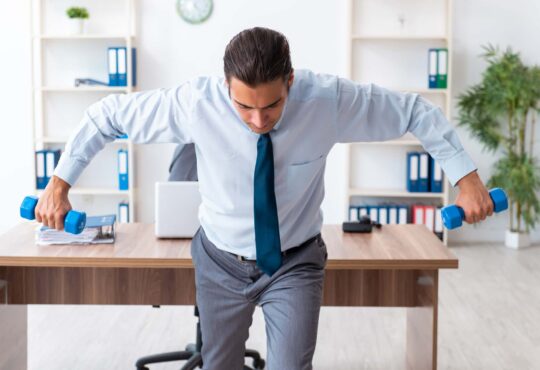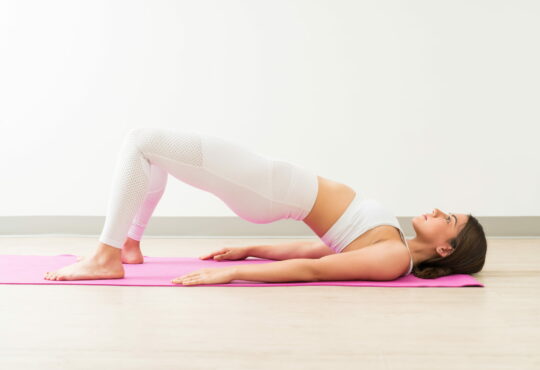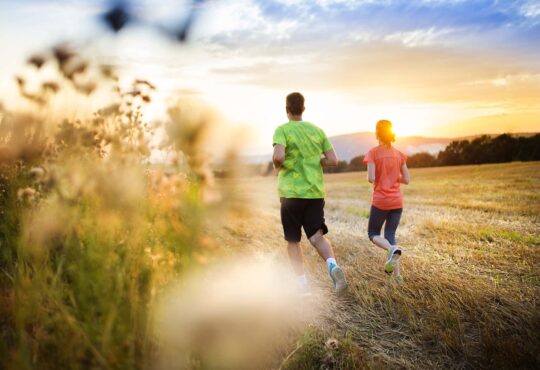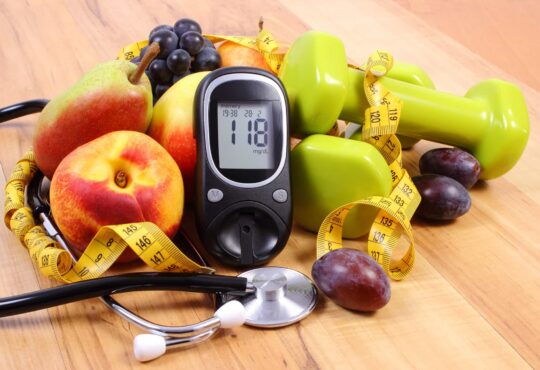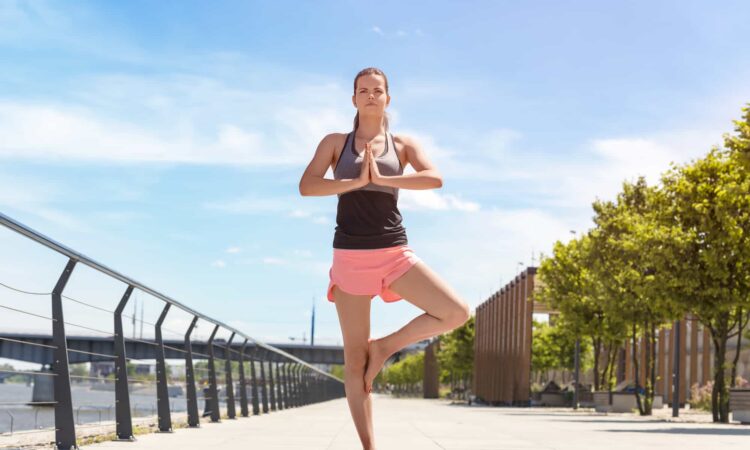
According to the Neuroplastic Institute, no.
That’s based on their analysis of hundreds of scientific papers on the subjects of balance, fall prevention, and improving walking.
Yet many professionals working with seniors have them performing ankle raises and squats to improve their leg and ankle strength.
But that’s not what’s been proven to prevent falls.
Falling is one of the biggest fears of senior citizens, and quite rightly so. Falls are the most common cause of injury.
One out of four seniors 65+ years-old fall every year. And falling once doubles your chances of falling again.
One out of five falls causes a broken bone or head injury.
Every year, over 3 million older adults are treated at an Emergency Room for a fall. Over 800,000 are hospitalized, most of them for head injuries or hip fractures.
In 2015, the total cost of treating these falls amounted to over $50 billion.
Although we think of falls as risky to the elderly, young adults fall much more than you think.
Purdue University did a study that found half of the college students fell during the four-month period of the study. That’s a lot more frequent than seniors. And these falls happened during ordinary daily activities such as walking and talking. Substance abuse contributed to 9%. Only 3% of the falls resulted from walking while texting.
16% of these falls resulted in an injury. 4% required medical treatment. According to the CDC, falls are the third leading cause of injury for adults 18-35 years old.
Clearly, youth protects younger adults from suffering the same amount of serious injuries as seniors, but they’re still vulnerable.
What the Neuroplastic Institute Suggests
They recommend medical professionals encourage this for seniors, but – clearly – young people need to practice this too.
Single-leg standing.
1. Start out standing on both feet a shoulder’s length apart. Stand close to something with a bar or handle you can easily grab.
2. Place your hands on your hips.
3. Lift your left leg off the floor, bending it at the knee.
4. Hold for as long as you can without touching the floor.
5. For variety, straighten your leg in front of you.
6. Do this 2-3 times for your left leg.
7. Repeat with your right leg.
8. Keep alternating legs, repeating as many times as you can.
9. Aim to stand on each leg separately for 30+ seconds. That ability will help protect you from many falls.
You can easily do this while watching TV or listening to music or a podcast.
If at first, you don’t succeed – and you probably won’t – keep practicing.
It may take hundreds of attempts to grow the necessary connections in your brain to coordinate the muscles in your feet, ankles and legs with the balance perception in your inner ears.
For Extra Credit
Once you can easily balance on a stable, flat floor, try a wobble or springboard.
Those are pieces of equipment dancers use to improve their ability to balance.
There’re different designs. The first I saw in action had two boards connected by three strong springs. The bottom board sits on the floor. The dancer stands on the top board.
But, since they’re just three springs, the top board is unstable, requiring constant adjustments of your feet.
You and I would probably have trouble standing on a springboard with both feet. The demonstrating dancer could do incredible balance tricks while standing on just one foot.
NOTE: Make sure you always have something close to grabbing. The goal is to prevent falls, not cause them.
Other Rules
1. Wear shoes appropriate for the weather. When I fell and broke my ankle last winter in deep slush, I was wearing worn-flat canvas shoes – which the ambulance attendant pointed out. This year I’m buying boots with thick, rough, nonskid soles.
2 Pay attention. When I broke my wrist a few years ago, it was by stepping in mud on an otherwise clear, dry sidewalk. I could have easily avoided it, but I erroneously believed it wasn’t thick enough to make me slip.
Corollary to #2: Don’t text while you’re walking.
I’ve never worn headphones or earplugs to listen to something while walking or running outside – now it’s clear this is dangerous.
3. Check with your doctor or pharmacist about the prescription drugs you take. If they’re causing you dizziness or confusion, that increases your risk of falling.
4. Get 7-9 hours of sleep every night.
5. Avoid or limit alcohol. “Falling down” drunk isn’t an exaggeration – and it takes only a little bit to make you careless and unsteady on your feet.
6. Swallow your pride and use any canes or walkers you need.
7. Check your hearing and vision, so you’re fully in touch with the world around you. You can’t pay attention to what you can’t see.
Strengthening Your Ankles Can’t Hurt
1. Stand facing a wall or something else you can easily grab, feet flat on the floor.
2. Lift yourself up on your toes, raising your heels.
3. Return to flat feet.
4. Rock back on your heels, raising the front halves of your feet.
5. Return to flat feet.
Start with ten repetitions, working up to as many as you can.
This is also easy to do while listening to a podcast. I believe it’s what helped me recover from breaking my ankle.
https://www.thelifeenergyfoundation.org/components-of-a-fall-what-you-need-to-know/
https://www.youtube.com/watch?v=clI2BHDyc-k
https://www.cdc.gov/falls/facts.html
https://www.purdue.edu/newsroom/releases/2016/Q1/dont-let-youth-trip-you-more-than-50-percent-young-adults-fall,-trip.html


